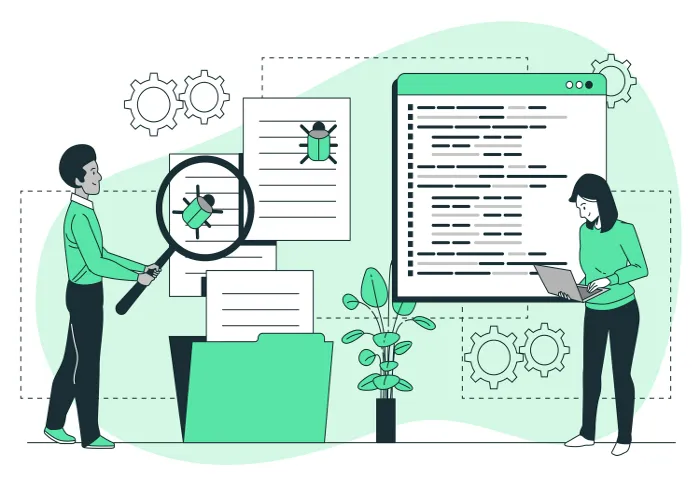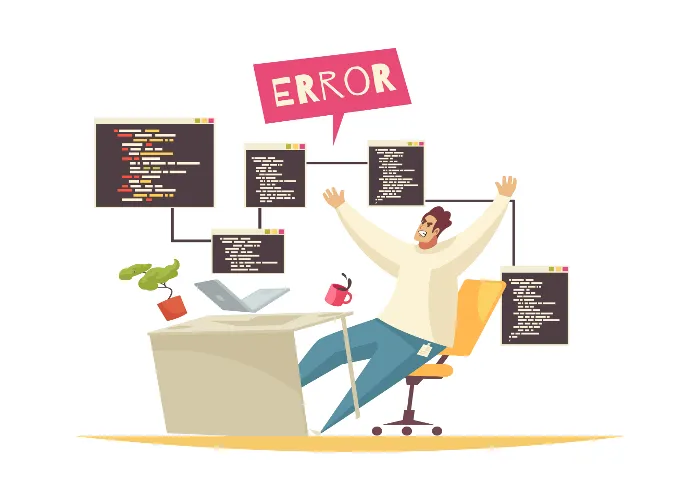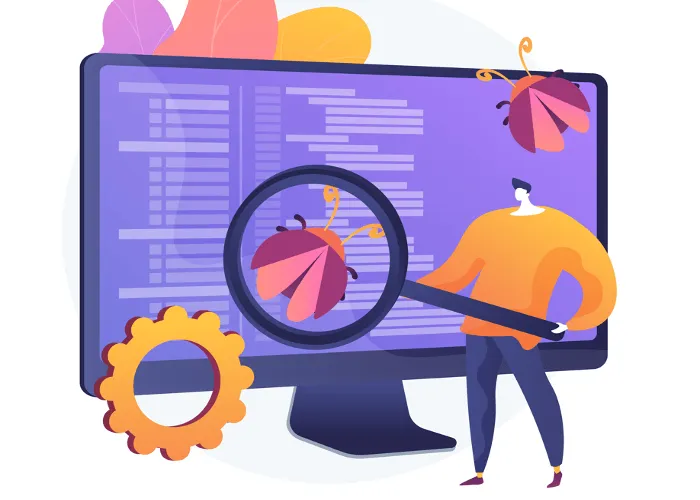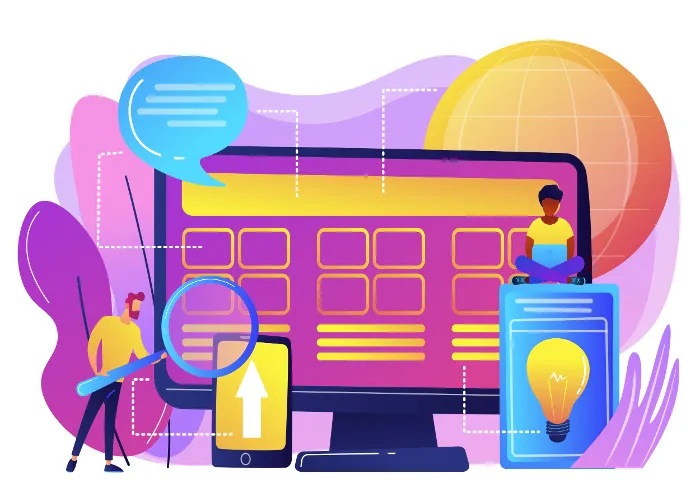Software Testing Life Cycle-Know The Best How To Techniques

🧭 Introduction
In the modern software development world, ensuring quality and reliability is crucial to meeting customer expectations and gaining a competitive edge. The Software Testing Life Cycle (STLC) is a structured sequence of stages that guides testing teams in verifying software quality from start to finish. By following this life cycle, teams can uncover defects early, address quality issues, and release software that performs well under various conditions.
This guide covers the phases of the STLC, best practices for each stage, and the roles involved, providing a detailed look at how to optimize testing efforts.
🧩 What is the Software Testing Life Cycle (STLC)?
The Software Testing Life Cycle (STLC) is a defined set of phases for testing software that aims to standardize testing practices, ensure thorough validation, and help teams systematically detect and resolve defects. Each phase in the STLC has its own objectives, activities, and deliverables that move the testing process toward a high-quality release. STLC phases may vary based on organization and project needs, but the following six stages are widely accepted as foundational:
While these stages are generally linear, they can also be iterative. If requirements change or defects arise during later stages, teams may revisit previous phases to address the new needs.
📑 Phases of the Software Testing Life Cycle (STLC)
The Software Testing Life Cycle is a structured process with well-defined phases. Each phase builds on the previous one to ensure systematic and efficient testing.
🔍 1. Requirement Analysis
This is the starting point of the STLC, where the testing team seeks to fully understand what the software is expected to deliver. Both functional requirements (features and system behavior) and non-functional requirements (performance, usability, security, etc.) are reviewed to confirm that they are clear, complete, and testable. At this stage, the Requirement Traceability Matrix (RTM) is also drafted to link requirements to future test cases.
🛠 Key Activities:
-
Review requirements with stakeholders.
-
Identify which requirements are testable and which are not.
-
Analyze risks and prioritize requirements for testing.
-
Draft the Requirement Traceability Matrix (RTM).
💡 Best Practices:
-
Involve stakeholders early to resolve ambiguities.
-
Ensure all requirements are measurable and verifiable.
-
Use the RTM to guarantee coverage and traceability between requirements and test cases.
📄 Deliverables:
-
Requirement analysis report
-
Feasibility study
-
Initial Requirement Traceability Matrix (RTM)
📝 2. Test Planning
This phase defines the overall testing approach. The test manager or lead prepares the test plan, which outlines the scope, objectives, testing types (e.g., functional, regression, performance), resource needs, timelines, and responsibilities.
🛠 Key Activities:
-
Define test strategy, including tools, techniques, and types of testing.
-
Estimate resources, time, and budget.
-
Identify risks and plan mitigation strategies.
-
Establish metrics for tracking progress and quality.
💡 Best Practices:
-
Prepare a clear, detailed test plan aligned with project goals.
-
Plan for risks early to avoid major issues later.
-
Define measurable metrics for tracking effectiveness and progress.
📄 Deliverables:
-
Test plan document
-
Test strategy
-
Resource and schedule plan
🧪 3. Test Case Development
In this stage, the team designs test cases and test data based on the requirements and test strategy. Each test case specifies inputs, execution steps, and expected results. Peer reviews help ensure test coverage and accuracy.
🛠 Key Activities:
-
Write detailed test cases with step-by-step instructions.
-
Prepare test data for different scenarios.
-
Map test cases to requirements in the RTM.
-
Review and refine test cases through peer checks.
💡 Best Practices:
-
Write test cases that are simple, reusable, and easy to execute.
-
Include both positive and negative test scenarios.
-
Focus on edge cases to avoid overlooked issues.
📄 Deliverables:
-
Test cases
-
Test data sets
-
Updated Requirement Traceability Matrix (RTM)
🖥️ 4. Test Environment Setup
This phase involves preparing the hardware, software, tools, and data required to execute the test cases. The environment should closely simulate the production setup to ensure reliable results.
🛠 Key Activities:
-
Identify hardware, software, and network needs.
-
Configure servers, databases, and tools.
-
Prepare and validate test data.
-
Verify the environment is ready before execution.
💡 Best Practices:
-
Mirror the production environment as closely as possible.
-
Validate all configurations to avoid disruptions.
-
Automate environment setup where feasible.
📄 Deliverables:
-
Configured and validated test environment
-
Test data
-
Environment readiness checklist
▶️ 5. Test Execution
Here, the prepared test cases are executed in the test environment. Actual results are compared against expected outcomes, and any differences are logged as defects. Collaboration between testers and developers is crucial for quick resolution.
🛠 Key Activities:
-
Execute test cases and record results.
-
Log, categorize, and prioritize defects.
-
Retest fixed defects and update status.
-
Continuously update the RTM to reflect coverage.
💡 Best Practices:
-
Prioritize execution based on risk and business impact.
-
Work closely with developers to resolve issues quickly.
-
Keep detailed records of results and defect histories.
📄 Deliverables:
-
Test execution report
-
Defect logs with severity and priority
-
Updated Requirement Traceability Matrix (RTM)
✅ 6. Test Cycle Closure
This final phase ensures that all planned tests are completed and objectives are met. The team reviews the testing process, analyzes metrics, and documents lessons learned. Closure also involves archiving test artifacts for future use.
🛠 Key Activities:
-
Assess test metrics such as coverage, defect density, and pass/fail rate.
-
Conduct a retrospective to review challenges and successes.
-
Document best practices and lessons learned.
-
Archive test cases, data, and reports.
💡 Best Practices:
-
Perform a comprehensive review to identify improvement opportunities.
-
Involve the entire team in the closure process to capture diverse insights.
-
Ensure all documentation is properly stored for compliance and reference.
📄 Deliverables:
-
Test closure report
-
Lessons learned documentation
-
Archived test artifacts
👥 Key Roles in the Software Testing Life Cycle (STLC)
Successful software testing depends on a coordinated team effort. Each role has distinct responsibilities that contribute to achieving high-quality results.
👨💼 Test Manager or Lead
The Test Manager directs the overall testing effort. This includes defining the testing approach, allocating resources effectively, setting timelines, and making sure the team follows the agreed-upon plan.
📊 Test Analyst
A Test Analyst examines project requirements and translates them into detailed test scenarios. Their goal is to design comprehensive test cases that reflect project objectives and ensure complete coverage of possible situations.
🧑🔬 Test Engineer
Test Engineers are hands-on executors of the plan. They run test cases, detect bugs or inconsistencies, and work closely with developers to confirm that issues are addressed.
🤖 Automation Engineer
Automation Engineers specialize in building and maintaining automated test suites. They create reusable scripts, design frameworks, and integrate automation into continuous integration and delivery pipelines.
🛡️ Quality Assurance (QA) Engineer
The QA Engineer focuses on process quality. They review testing activities, monitor performance against standards, and conduct audits to verify that results meet established quality benchmarks.
🧾 Business Analyst (BA)
Business Analysts act as a bridge between technical teams and stakeholders. They help clarify requirements, verify that testing aligns with business needs, and ensure that the delivered solution supports user expectations.
🔗 The Role of the STLC Within the SDLC
The Software Testing Life Cycle (STLC) is an essential component of the broader Software Development Life Cycle (SDLC). While the SDLC covers the entire journey of software creation — from gathering requirements through design, development, testing, deployment, and ongoing maintenance — the STLC focuses specifically on testing activities. Its purpose is to verify and validate that the software is functional, reliable, and ready for release.
Here’s how the STLC fits into and strengthens the SDLC:
🏗 1. Quality Assurance Across All Stages
The STLC integrates testing into each phase of the SDLC rather than limiting it to the end. This continuous approach, common in Agile and DevOps, enables early detection of defects and reduces costly fixes later.
During Requirement Analysis (SDLC):
Testers validate that requirements are clear, testable, and aligned with business needs.
During Design (SDLC):
Test scenarios and cases may be drafted alongside system design to uncover issues before coding begins.
🛑 2. Preventing Defects, Not Just Detecting Them
STLC is proactive. By involving testers from the earliest SDLC phases, ambiguities in requirements or design flaws can be spotted before they evolve into defects. This embodies the Shift Left principle — testing earlier in the lifecycle to save time, effort, and cost.
📐 3. Structured Testing Phases
The STLC itself is made up of defined phases — Requirement Analysis, Test Planning, Test Case Development, Test Environment Setup, Test Execution, and Test Cycle Closure. Each phase aligns with parts of the SDLC, ensuring testing is methodical, traceable, and comprehensive, covering both functional and non-functional aspects of the system.
🌟 4. Enabling High-Quality Outcomes
The ultimate goal of the SDLC is to deliver a dependable, user-ready product. The STLC supports this by ensuring that the software:
-
Meets business and functional requirements.
-
Performs well under expected loads.
-
Contains no critical or high-severity defects.
-
Is stable, secure, and reliable before release.
📊 5. Driving Continuous Improvement
The STLC provides valuable metrics and feedback such as defect density, pass/fail rates, test coverage, and execution progress. These insights help teams evaluate product readiness, refine processes, and improve efficiency in future development cycles.
⚡ 6. Supporting Faster Releases
Through automation, the STLC seamlessly integrates with Continuous Integration (CI) and Continuous Delivery (CD) pipelines. Automated testing provides instant feedback on code quality and enables rapid, reliable deployments — helping organizations shorten release cycles without sacrificing quality.
💰 7. Reducing Cost and Time-to-Market
By detecting issues early and minimizing rework, the STLC significantly lowers the expense of fixing defects and accelerates delivery timelines. This structured approach ensures that software reaches users more quickly, while maintaining high standards of quality.
🔄 How STLC Interacts with Each Stage of SDLC
Here’s how STLC activities align with SDLC phases:
| SDLC Stage | STLC Activity |
|---|---|
| 📋 Requirement Gathering | Requirement Analysis - Identifying testable requirements and planning test coverage. |
| 🏗 System Design | Test Planning - Developing the testing strategy, estimating resources, and defining test objectives. |
| 💻 Development | Test Case Development - Creating test cases that will validate each functional and non-functional requirement. |
| 🔍 Integration and Testing | Test Execution - Executing test cases, logging defects, and validating functionality and performance. |
| 🚀 Deployment | Test Cycle Closure - Analyzing test results, documenting best practices, and ensuring release readiness. |
| 🔧 Maintenance | Regression Testing - Retesting the software after updates to ensure no new defects are introduced. |
🧠 Conclusion
The Software Testing Life Cycle (STLC) is a structured framework that enhances testing efficiency, enables defect detection, and ensures software quality before release. By following each phase of the STLC, adopting best practices, and involving the right team members, organizations can deliver reliable, high-quality software that meets user expectations. Incorporating the STLC into your development workflow is a key step toward achieving excellence in software quality and building user trust.






🗨️ Reader Comments